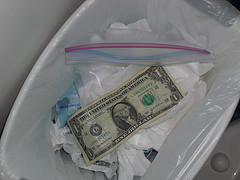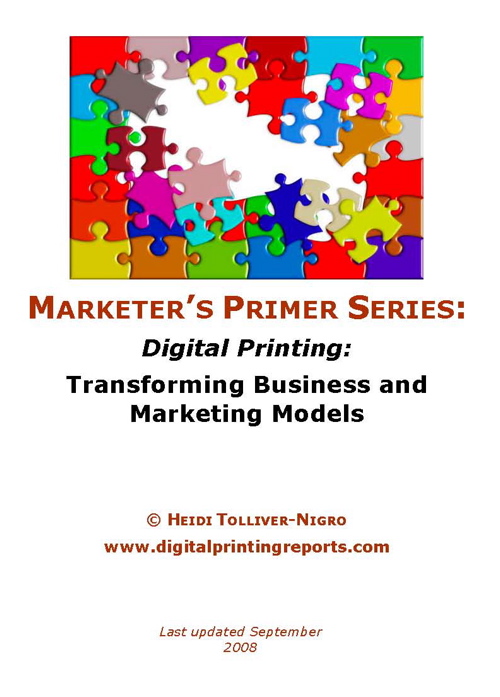by Heidi Darling
Up until about 1960, the largest contributor of CO2 to the atmosphere wasn’t the burning of fossil fuels. It was plowing agriculture fields, which destroyed the rich dark (carbon) filled soil. Even today, agriculture produces more greenhouse gases than the transportation or industrial sector!
2% of global sea level rise is caused by draining North American aquifers (twice the amount of water in Lake Ontario has been mined from US groundwater sources). The largest culprit again is agriculture. A dead-zone in the Gulf of Mexico where there is not enough oxygen for fish and other sea life to survive ranges in size from 6,700 Sq. Mi. to 8,400 sq. miles or the size of Connecticut and New Jersey respectively. Run-off from mid-west farms that use chemically intensive agriculture is the cause. The subsidies in GMO agriculture run as long and wide as the Mississippi itself, covering the entire supply chain and beyond.
These factoids are representative of the environmental and social damage caused by industrial agriculture. The list could go on and on. Yet whenever more enlightened farming practices are mentioned, the reply (a loud one) is that we cannot afford to engage in granola crunching tree-hugging practices like organic farming. Afford is an interesting word because it suggests a logical and fair accounting system. I would bet that the most extreme environmental zealot would love nothing more than to have an economic discussion because they would win hands down. But the books here are cooked. Industrial agriculture is based on incredible accounting fraud. Here is why:
The cost of food production includes:
- The direct cost of fertilizers, pesticides, fuel, transportation, storage, processing, financing costs and labor
- Even these costs are not complete because they are partially offset by a heavy subsidy paid via farm programs to the tune of $20 Billion a year
These are the costs reflected in the prices you see at the grocery store. But below is the rest of the price tag that has been conveniently omitted.
The cost of food production does not include:
- The damage to soil ecosystems
- Cost of massive releases of CO2 by tillage
- A market price for water
- The cost of polluting surface and subsurface water
- The damage to ocean health
- The destruction of wildlife
- The damage to human health
- The true cost of energy use
- The cost of higher unemployment
- Increased income inequality
- The cost of prolonged severe draught
- Reduction of nutritional value of food
- Loss of genetic diversity leading to a more fragile food supply
- The potential catastrophic costs of:
- Climate change
- Creation of multiple drug resistant pathogens
- Catastrophic failure of fragile food system
- A GMO accident causing environmental or human health damage
- Loss of genetic diversity of food crops
None of these costs are included in the price tag at the grocery store. The above list also doesn’t include the damage to our society from the horrifically cruel treatment of animals we justify for industrial scale food production. The barbaric way we treat most food animals cannot be measured in economic terms. But in pure dollars and cents, how much might the hidden cost of industrial agriculture be taxing you each year?
A study lead by Cornell University scientist David Pimentel put forward the following costs estimates:
- Damage to Soil — $45 Billion a year
- Over use of pesticides — $12 Billion a year
- Over use of fertilizers — $2.2 Billion a year
If we tallied just these costs plus the yearly government subsidy of $20 Billion, the total is a staggering $79 Billion a year. This does not include all costs, like lost fisheries or polluted drinking water. $79 BILLION. In 2012 total farm income (profits after expenses) was $112 Billion minus the $31 Billion that was not the production of agricultural products so the total farm income was really $81 Billion.
If we only accounted for the above excluded costs plus our tax subsidy we would just about wipe out all farm income. In other words, the only reason industrial agriculture LOOKS like it is PROFITABLE is that it is sticking you with the bill and taking home false profits.
Like the direct and indirect subsidies for coal and other fossil fuels, industrial style agriculture takes full advantage of externalities and can get away with this accounting trick and provide seemingly inexpensive calories because it can treat certain assets as free (or nearly so). Assets like soil, clean air, clean water, wildlife and human health. These are assets that belong to all of us and when they are damaged, we all suffer a loss. Industrial agriculture doesn’t have to pay the bill for all of the damage it does to these assets. We actually subsidize the destruction. Why do we do it? Well there is the best part of the trick, and it’s part of any fraudulent scheme… don’t let them see what your doing (hide the real costs) and give something that looks like a win, in this case “cheap” food.
Organic farming practices are criticized as being too expensive and less productive.
The truth is that for many types of production organic is as productive (many fruits and vegetables and legumes are comparable, but grains, wheat, corn are up to 30% less productive.) If you look at the narrow measure of productivity per acre, you could make that argument but again that is false accounting. If the production is not sustainable, then we are truly comparing apples to oranges on a very un-level playing field. As to price, organics and other more enlightened agriculture practices are far less expensive! If the real costs were included, it would simply be TOO EXPENSIVE to employ industrial style food production.
Industrial agriculture is mining the health and well-being from every human, all wildlife and from the ecosystems that sustain life on earth.
Photo courtesy of Shutterstock





